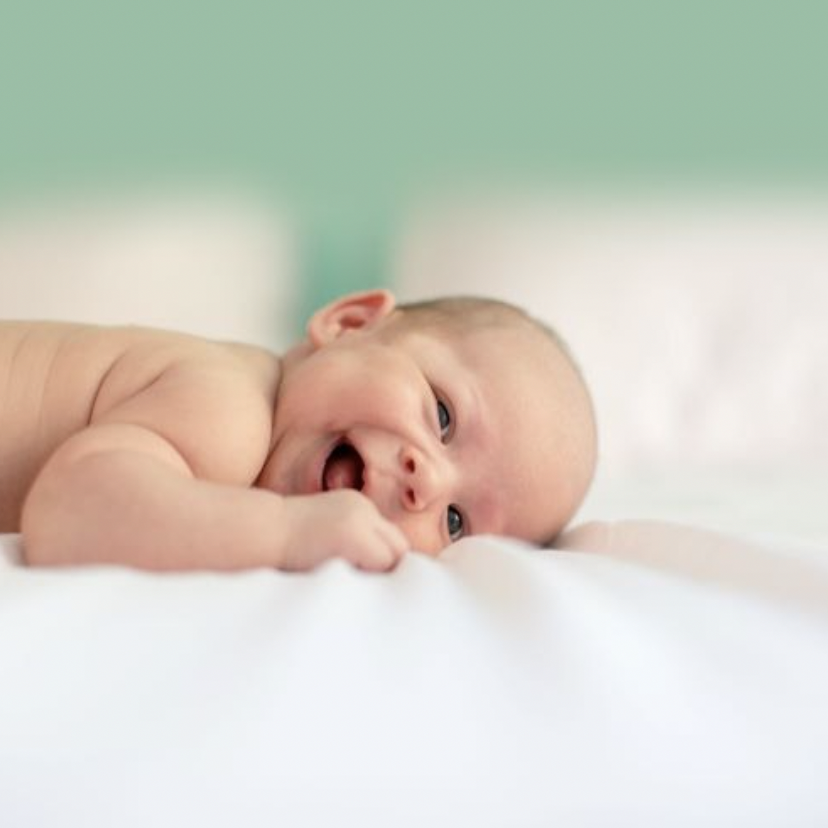If winter has almost ended, it means spring and summer babies are in the air. In the United States, most births occur between June and August – nine or so months after the cold, dark days of winter have brought people together indoors. With a few months left before their new addition arrives, it’s about time for expectant parents to figure out how to make their living spaces safer while keeping them functional (and even presentable to visitors). The effort won’t necessarily come cheap as baby-proofing a home can cost as much as $2,000. But to begin with, consider these six tips to prep your house for your family’s new arrival.
Pick furniture that can double as storage
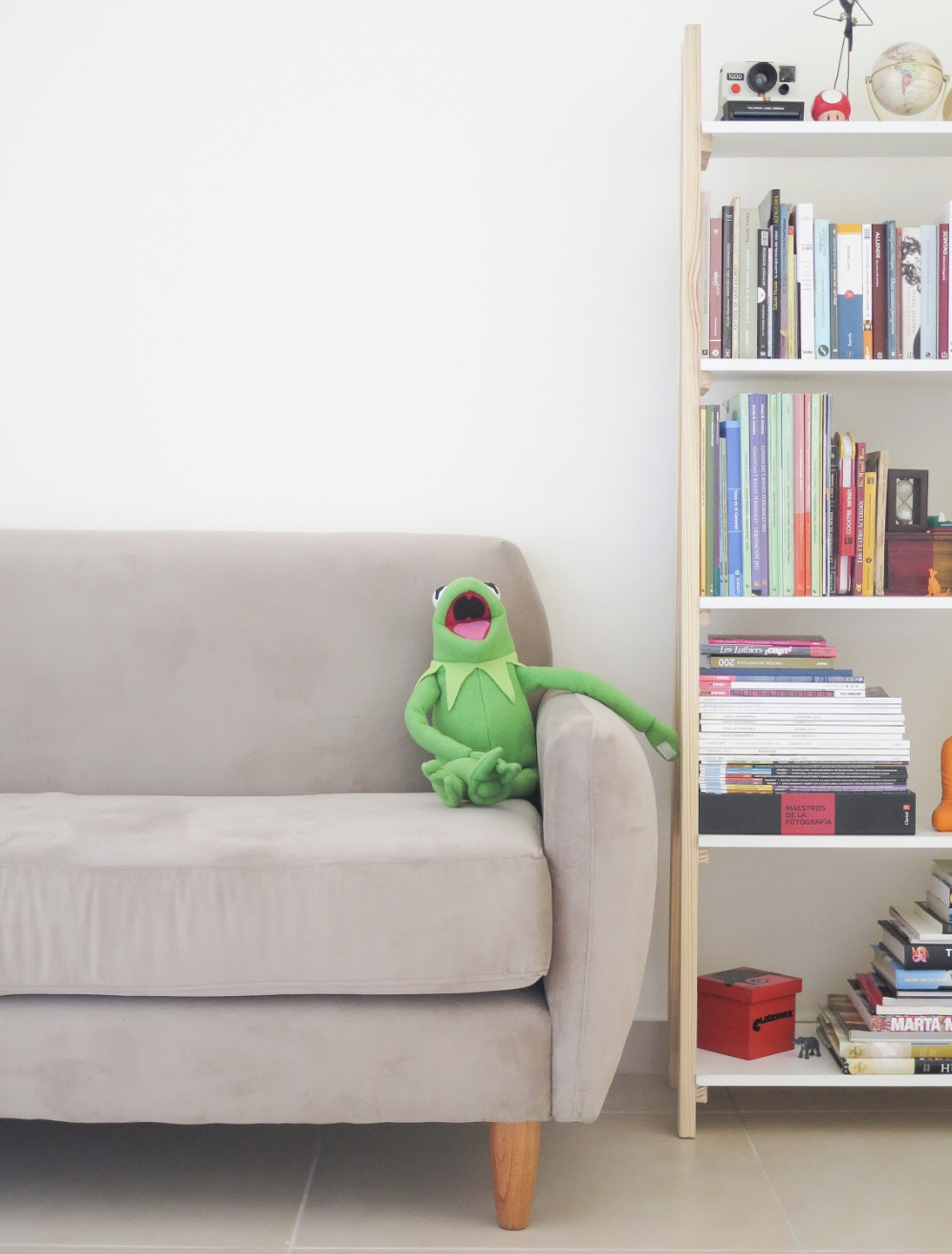 If you’ve ever visited a home with a newborn, you know how cluttered a living room or kitchen can become. To avoid this (or at least not become overwhelmed by it), go shopping for furniture such as ottomans, tables, baskets and cabinets that can also act as storage compartments. That way, you can quickly stash away diaper boxes, clothes, toys, bibs, bottles, towels, and other baby-related paraphernalia, while also keeping them easily within reach.
If you’ve ever visited a home with a newborn, you know how cluttered a living room or kitchen can become. To avoid this (or at least not become overwhelmed by it), go shopping for furniture such as ottomans, tables, baskets and cabinets that can also act as storage compartments. That way, you can quickly stash away diaper boxes, clothes, toys, bibs, bottles, towels, and other baby-related paraphernalia, while also keeping them easily within reach.
Resist stains
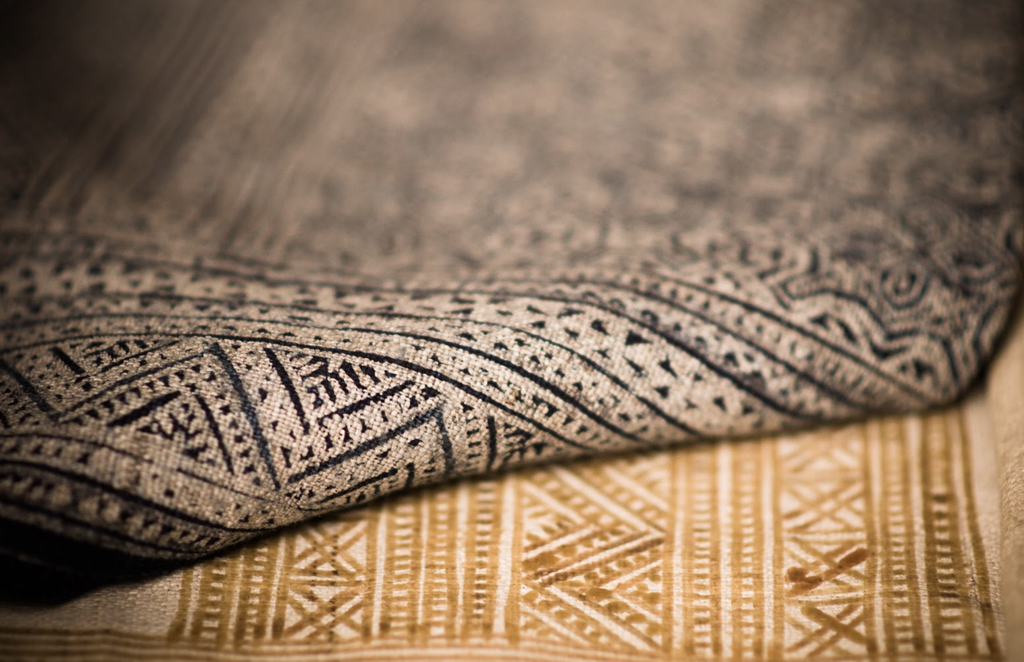
Short of sealing every wall and piece of furniture in cling wrap, your carpet, sofa, chairs, and even curtains will doubtlessly end up stained by … something. And probably sooner than you expect. So be sure to invest in stain-resistant materials – as well as inexpensive, dark-colored blankets, throw pillows and rugs that can disguise spills and mishaps. Unless, of course, you prefer to look back years from now, fondly remembering where every adorable stain came from.
Keep an eye out for how quickly they grow
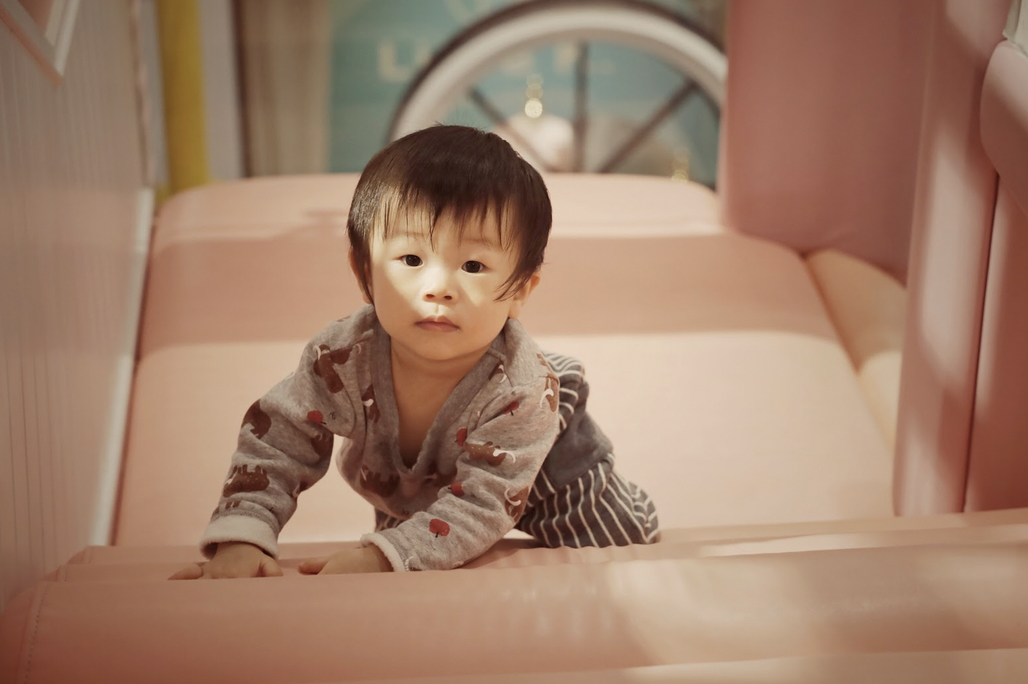
Babies are manageable until they can crawl or run. So rather than wait, start putting away anything in your home that might shatter or cause an injury if knocked over. (They will still be there in three, four or five years.) Similarly, be mindful of your child’s age. Things you got for your new baby which were safe, such as play gyms, can become a hazard as they grow.
Ensure a safe sleep
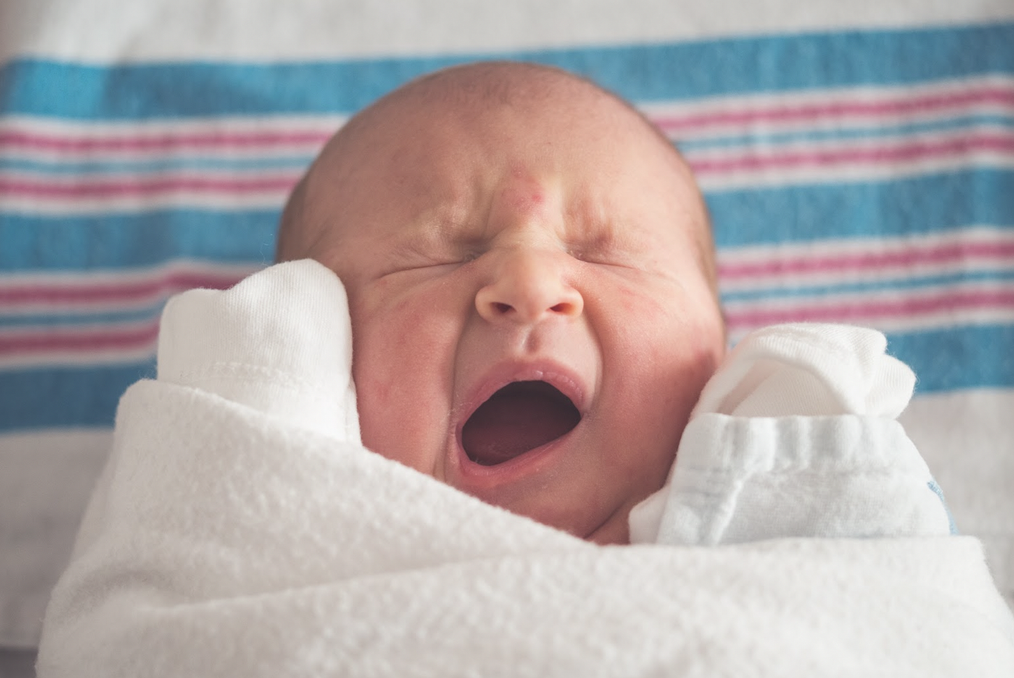
For all the interrupted, exhausting nights parents endure, babies sleep a lot – as much as 16 hours a day, in fact. So nothing is more important than where they sleep. Pick a crib with slats no wider than two inches and preferably one without corner posts. Also, be mindful of where you place the crib since cords from curtains or blinds can create a strangulation risk.
Prevent falls
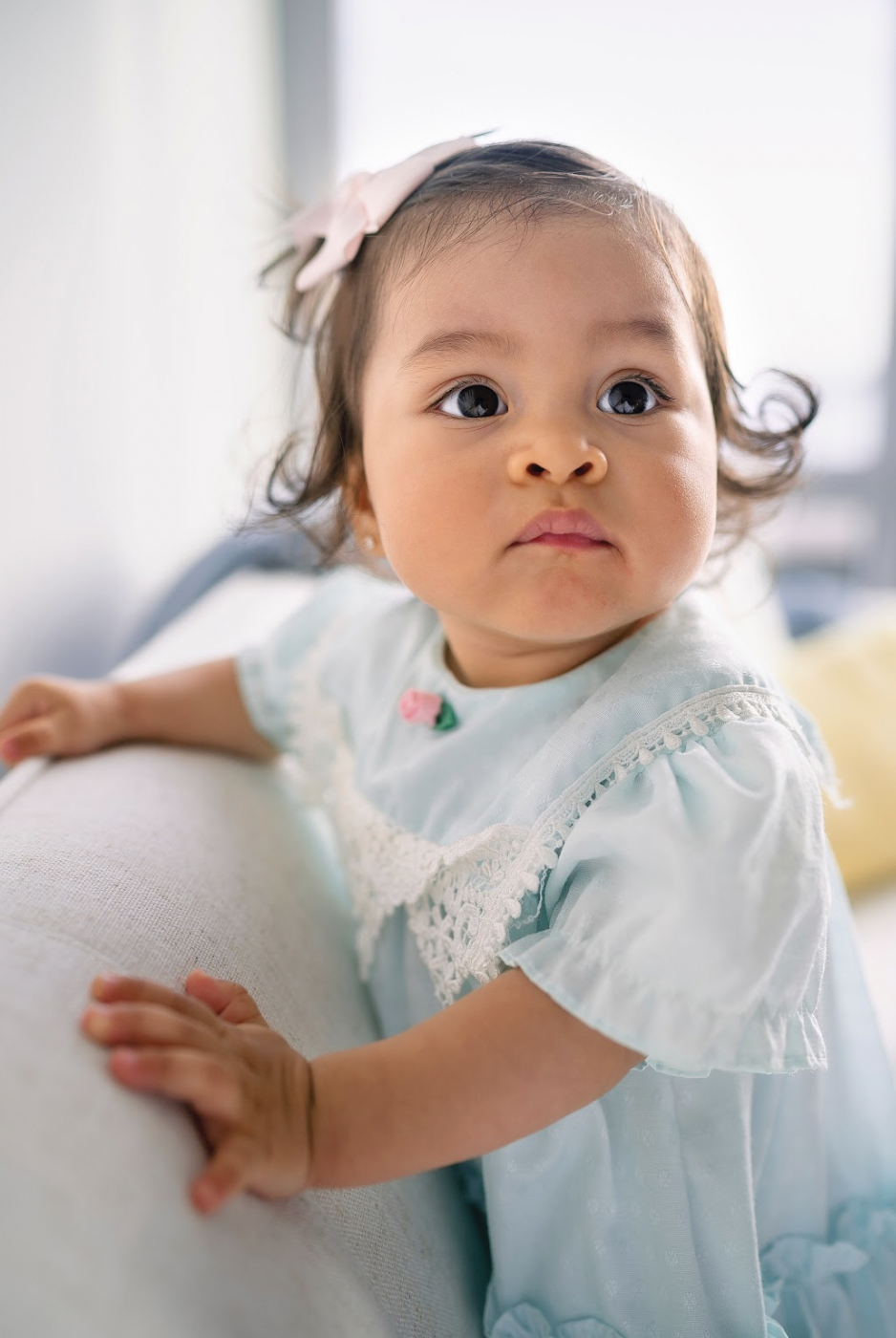
The leading cause of death and nonfatal injuries in children under the age of one? Falls. Even after you’ve purchased a baby gate for your stairs, make sure it’s secure (use screws or bolts to fasten it to the wall) and does not easily unlatch. Also, remember babies can just as easily tumble from a sofa or bed. In other words: never let them out of your sight.
Guard against shocks
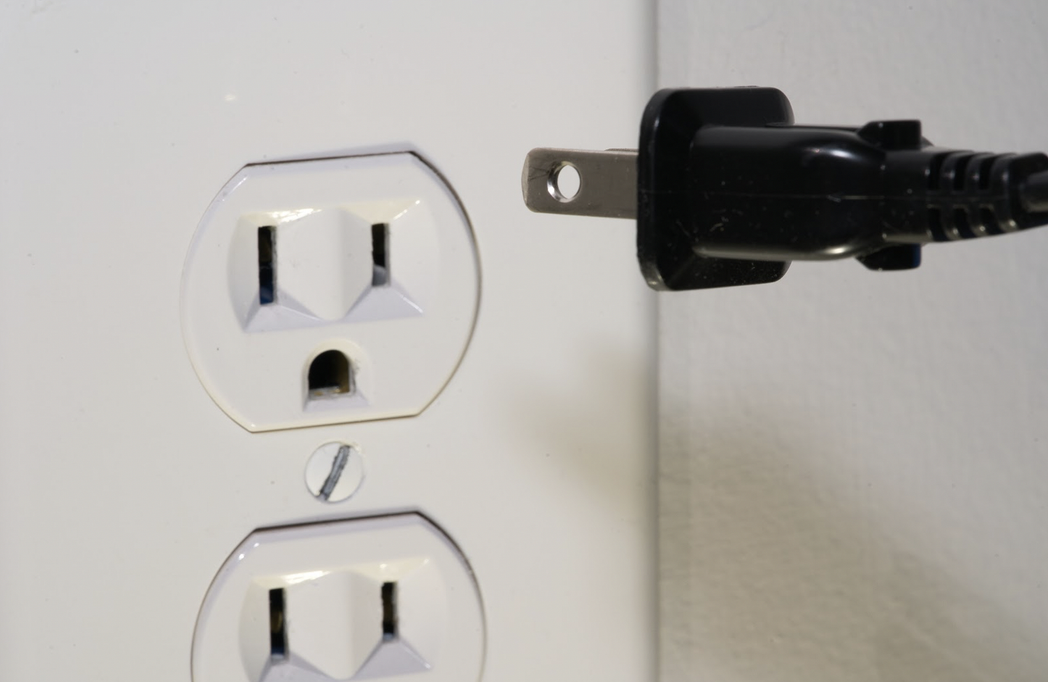
Electrical outlets, like falls, are an obvious danger as soon as your child can move around. You can buy outlets that are child-proof, but you should also use furniture to block access to them – along with power bars and cords – so your little one doesn’t even think about going there.
